Photo

Denarius of the Marsic Confederation. It was minted in Campania by C. Papius Mutilius, a Samnite noble.
The obverse shows draped bust of Mars (or Italia) right, wearing a crested Corinthian helmet with plume.
The reverse has an oath-taking scene: four soldiers surrounding a youth holding a pig.
Images from the British Museum via their online collection:
1843,0116.97
158 notes
·
View notes
Photo
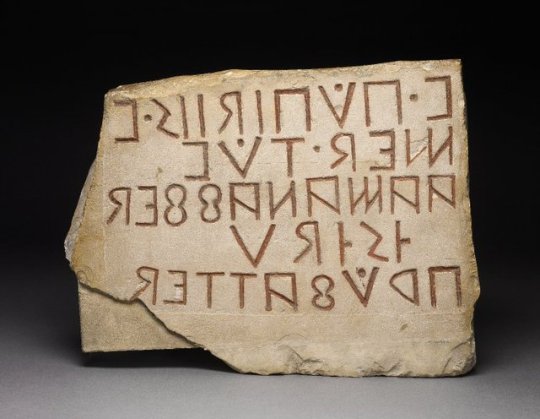
Stone stele from 300-100BC containing an Oscan inscription.
It was found on the inner arch of the Nola Gate in Pompeii. The inscription reads;
Vibius Popidius, son of Vibius, chief magistrate, had charge of this work and approved it.
Images from the British Museum via their online collection:
1867,0508.76
221 notes
·
View notes
Photo

A glass bowl decorated using a technique called mosaic glass or millefiori (a thousand flowers) as the finished result often looks like a flower pattern.
This looked was achieved by slowly melting different coloured glass rods, fusing them together, then cutting them into discs and placing them in a mould.
Image from the Thorvaldsen Museum via their online collection: H2901
432 notes
·
View notes
Photo

A leather tent panel with stitching from the Roman site at Newstead, Roxburgshire, Scotlad, 80 – 180 AD
Image from the National Museums Scotland via their online collection: X.FRA 70
73 notes
·
View notes
Photo
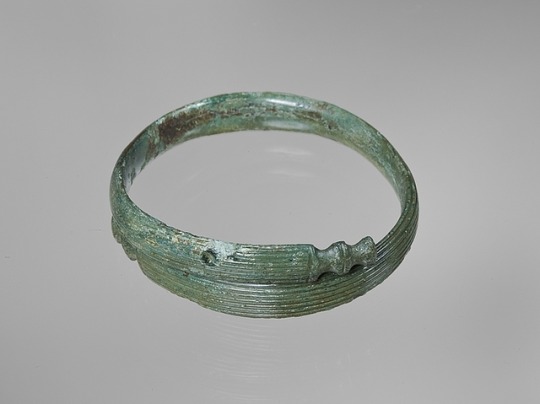
Bronze arm ring for a child, 6th century BC
Image from the Thorvaldsen Museum via their online collection: H2204
#ancient history#history#archaeology#ancient jewellery#ancient roman jewellery#jewellery#arm ring#Roman history
184 notes
·
View notes
Photo

This solid gold beaker was reportedly found by a sponge fisherman off the West Coast of Turkey in the early 1900s.
On the underside of the foot there is an abbreviated Latin inscription which reports the weight of the beaker. The inscribed weight and the actual weight do not match which has led scholars to conclude that it originally had a lid.
Image from The J. Paul Getty Museum via their online collection: 2001.6
84 notes
·
View notes
Photo
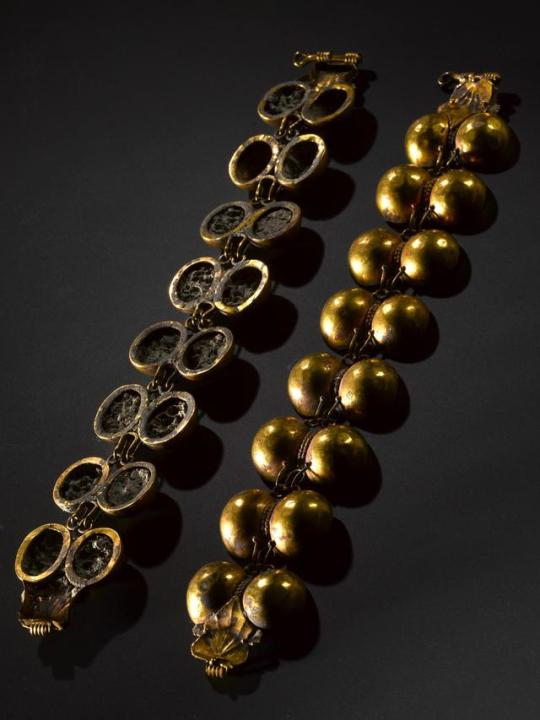
Gold bracelet made up of eight pairs of hemispherical elements. The backs are filled with a solidified ash-like substance, possibly lava.
1st century AD and probably from the area around Pompeii
Image from the National Museums Scotland via their online collection: A.1984.70 A
#history#ancient history#Roman history#archaeology#pompeii#ancient jewellery#jewellery#ancient roman jewellery
457 notes
·
View notes
Photo

Decorative piece in the shape of a sea-panther-monster holding a shield with a Silenus mask
Image from the Thorvaldsen Museum via their online collection: H212
200 notes
·
View notes
Photo
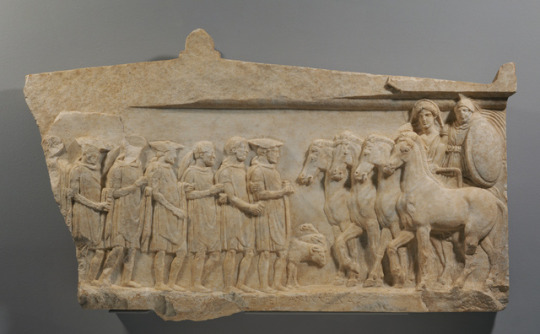
A section of a votive relief that depicts Achilles and Thetis. The Greek hero Achilles is recognisable by his shield and helmet. He rides in a chariot with his mother Thetis.
It was probably set up in a religious sanction, the names of the dedicators partially legible at the bottom of the relief;
". . . Lakrates and Gephes of the Achilleides."
Image from The J. Paul Getty Museum via their online collection: 78.AA.264
185 notes
·
View notes
Photo

Gold Roman amulet in the shape of a male bust
Image from the Thorvaldsen Museum via their online collection: H1860
#history#Roman history#ancient history#archaeology#ancient jewellery#ancient roman jewellery#jewellery#amulet
86 notes
·
View notes
Photo

6th century BC Etruscan earring
Image from the Thorvaldsen Museum via their online collection: H1840
472 notes
·
View notes
Photo

A deep blue-green cast glass bowl from the Mediterranean, probably 1st century BC to 1st half of the 1st century AD
Image from the National Museums Scotland via their online collection: A.1966.64
621 notes
·
View notes
Photo
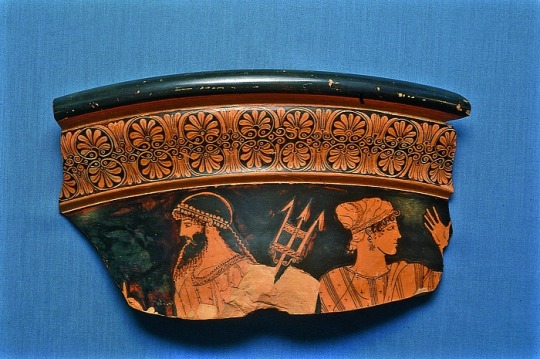
Fragment of a krater depicting Poseidon and a goddess. 5th century BC
Image from the Thorvaldsen Museum via their online collection: H596
#history#ancient history#ancient greece#ancient greek pottery#krater#archaeology#poseidon#greek mythology
685 notes
·
View notes
Photo

17 notes
·
View notes
Photo
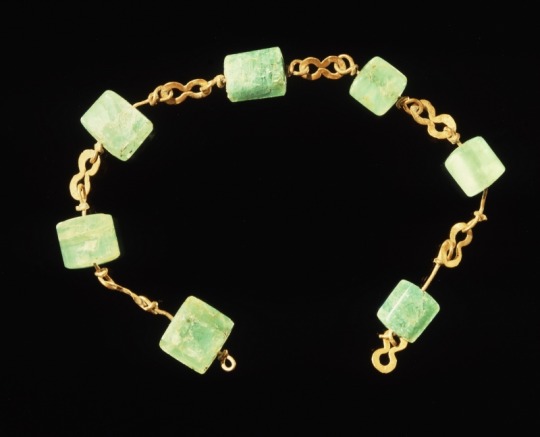
A necklace composed of seven Egyptian emerald beads on a gold chain. Roman period 1st – 3rd century AD
Image from the Museum of London via their online collection: 76.118
285 notes
·
View notes
Photo

A bust of Emperor Antoninus Pius wearing military dress, from the early years of his reign c. 140
Image from the National Museums Scotland via their online collection: IL.2008.64.1
164 notes
·
View notes
Photo

Roman bow brooch with enamel inlay from 1st – 2nd century AD
Image from Wessex Archaeology's flickr: Brooch
#Roman history#history#ancient history#archaeology#roman britain#ancient roman jewellery#brooch#bow brooch#jewellery
75 notes
·
View notes